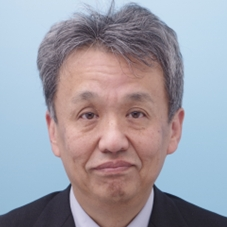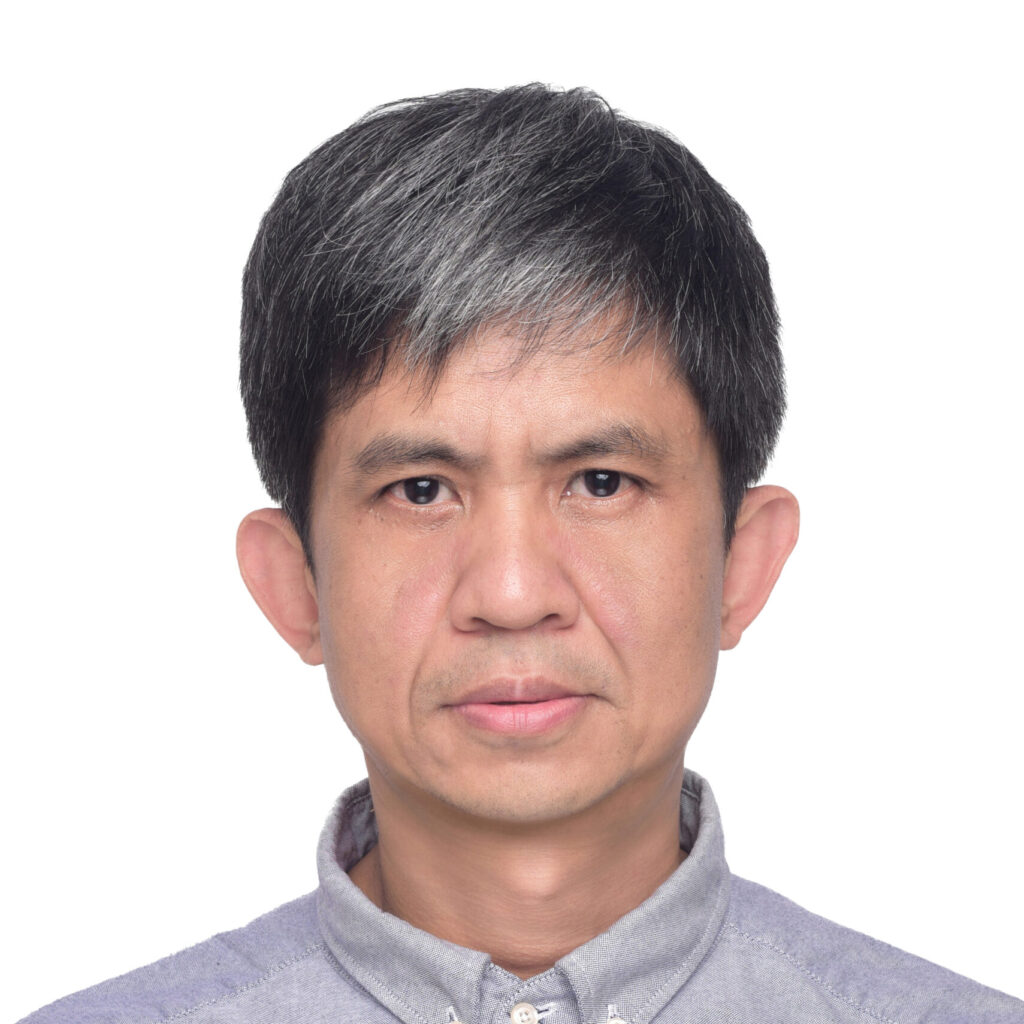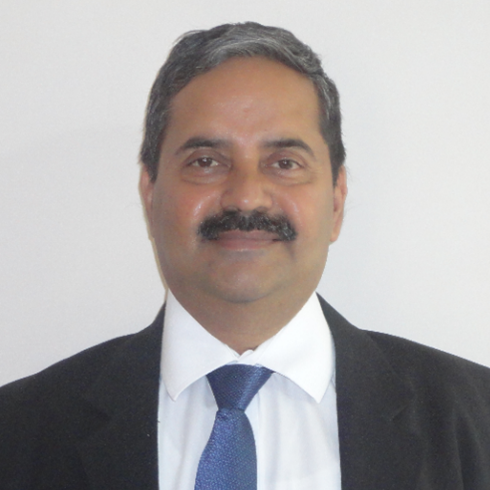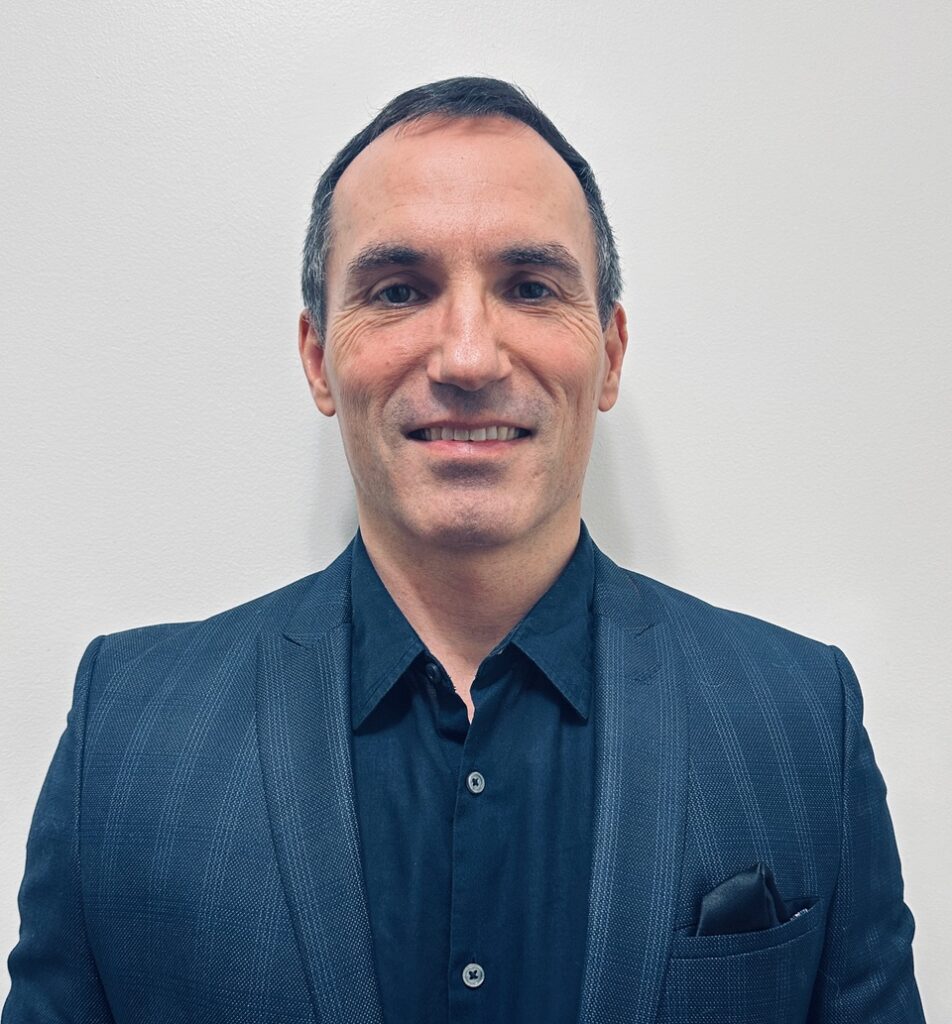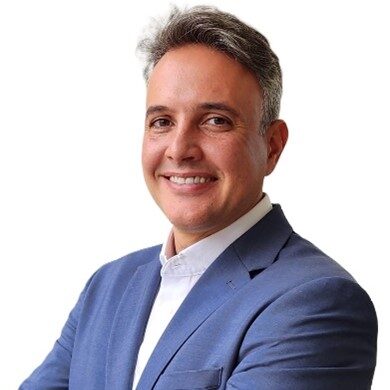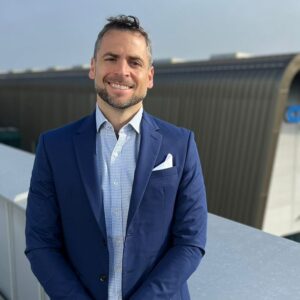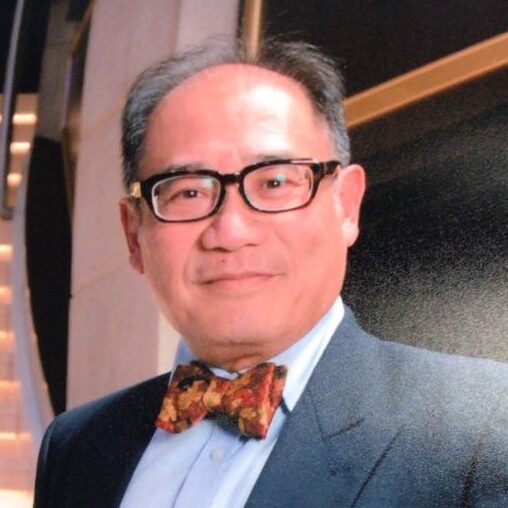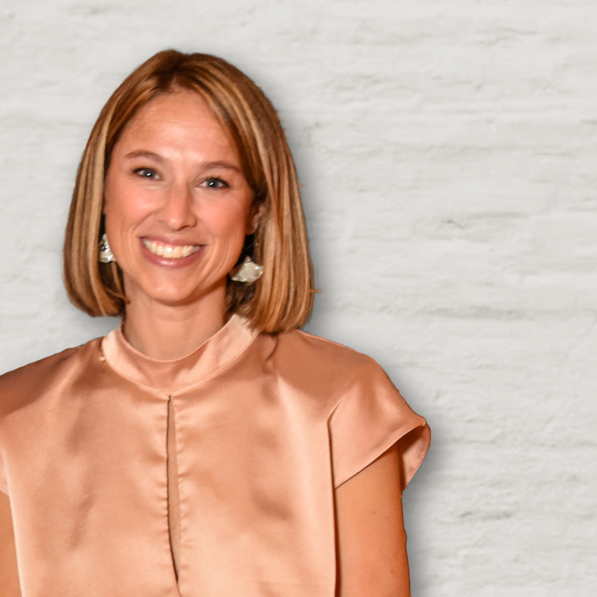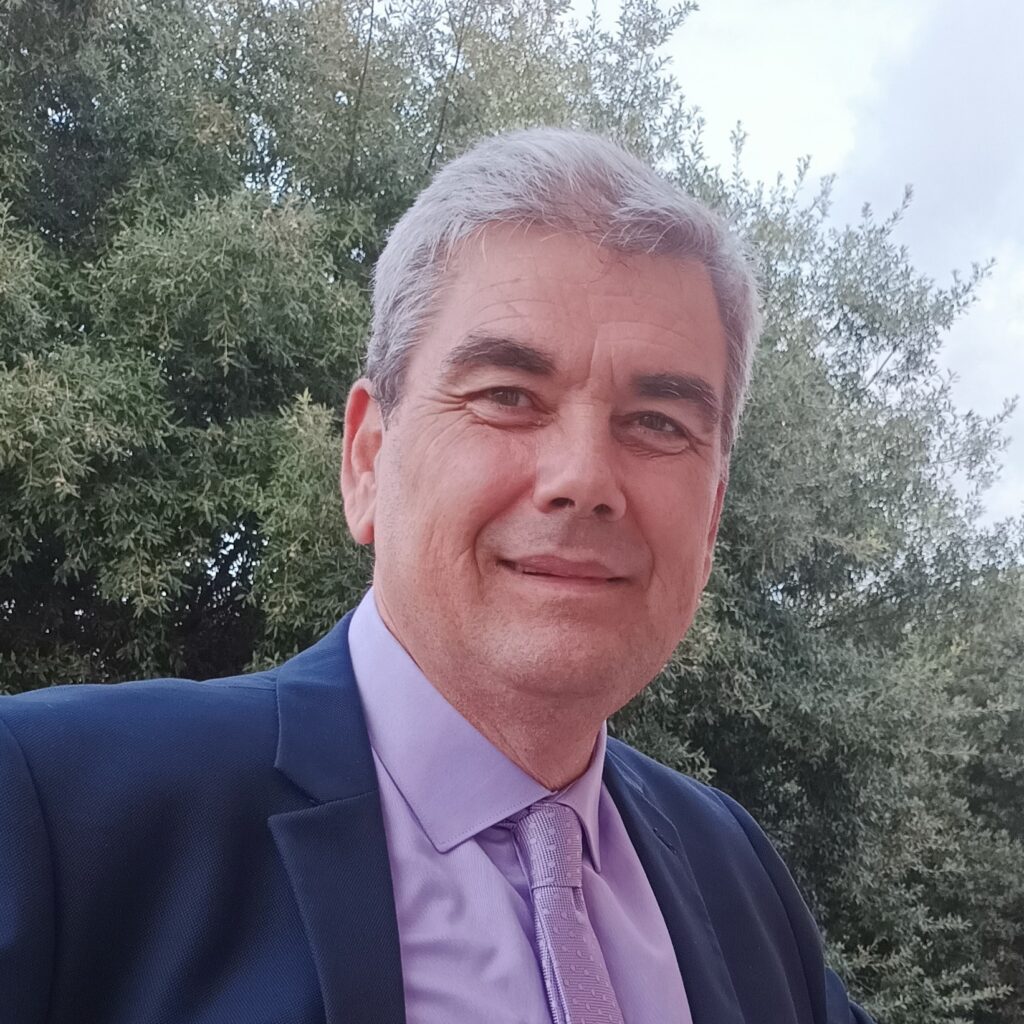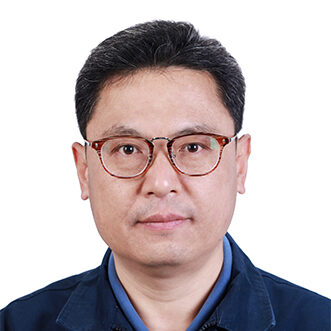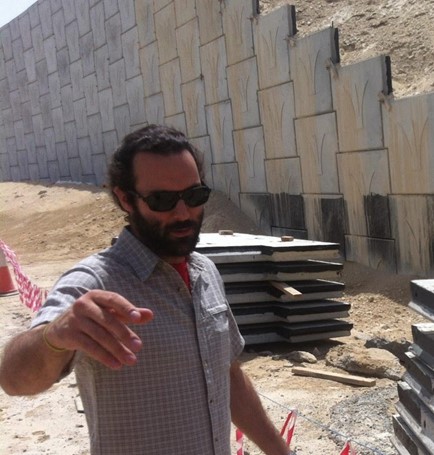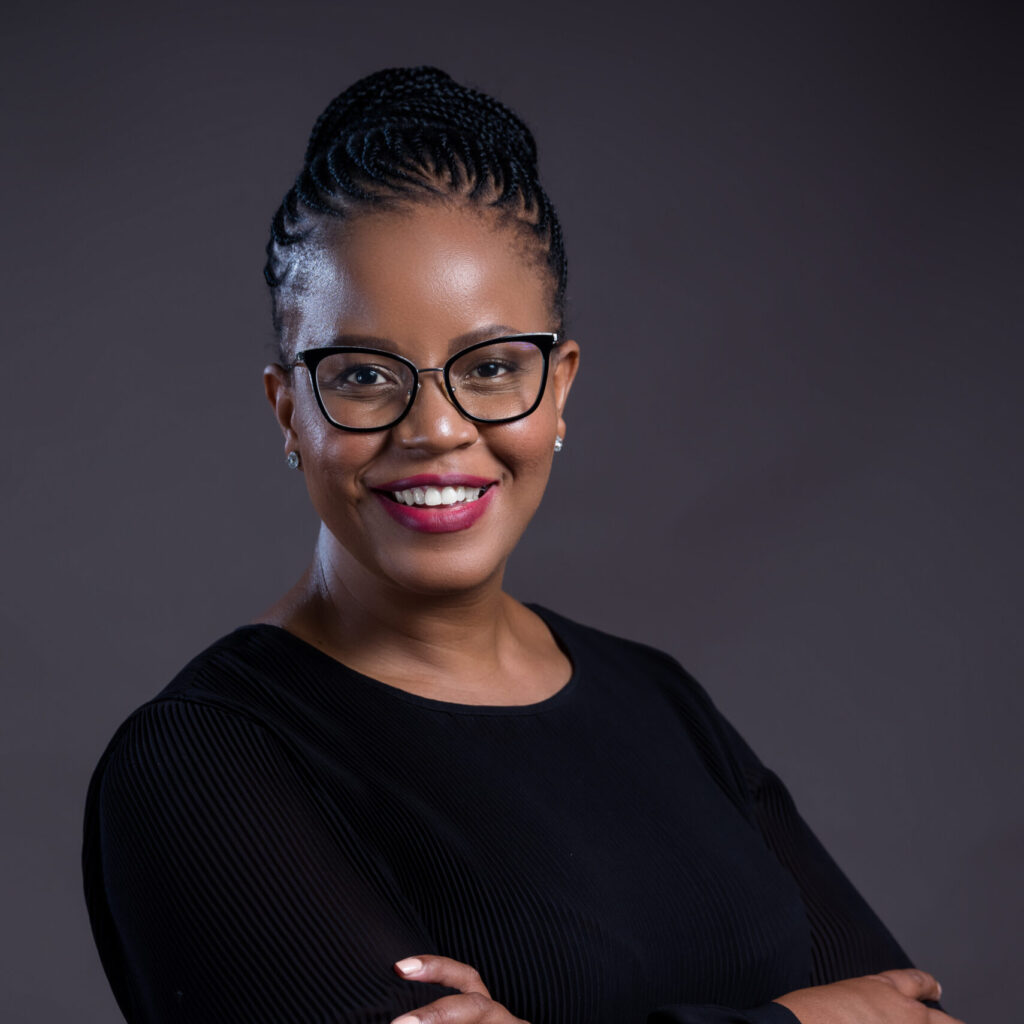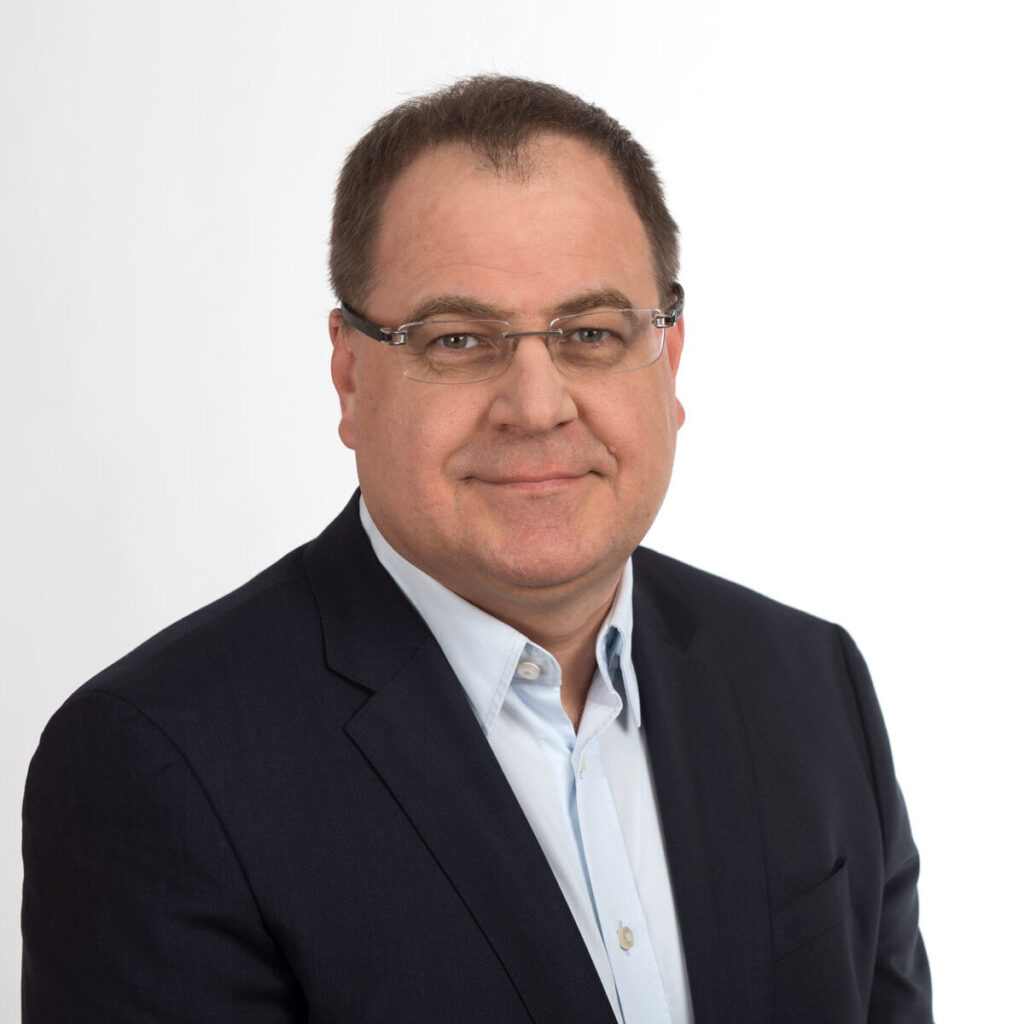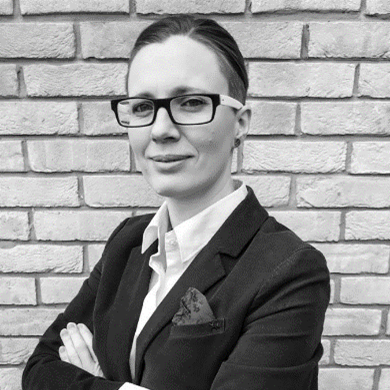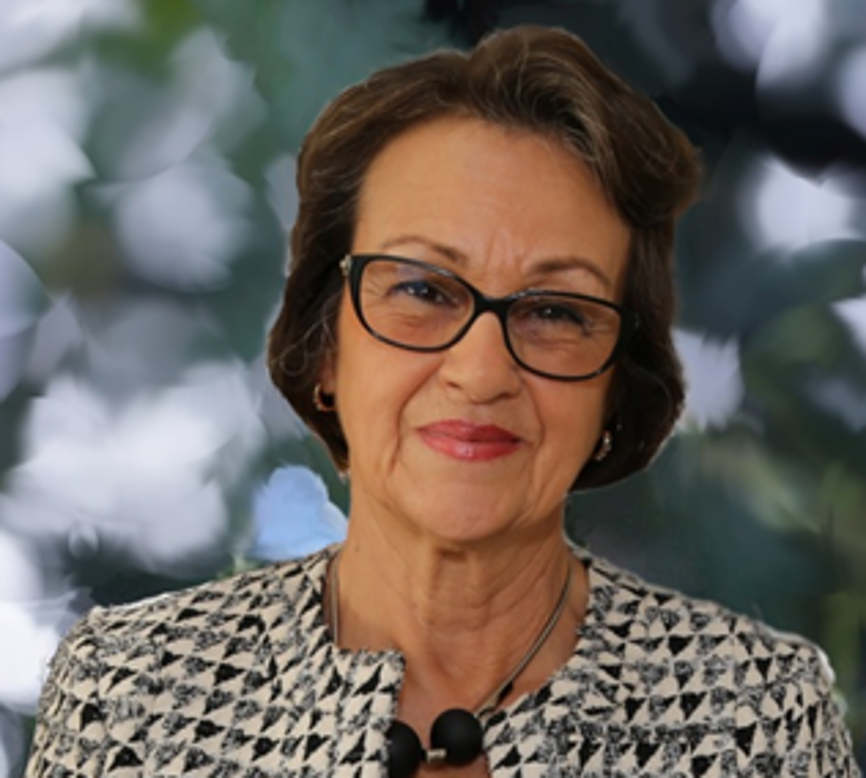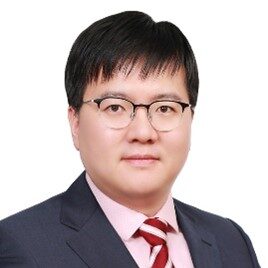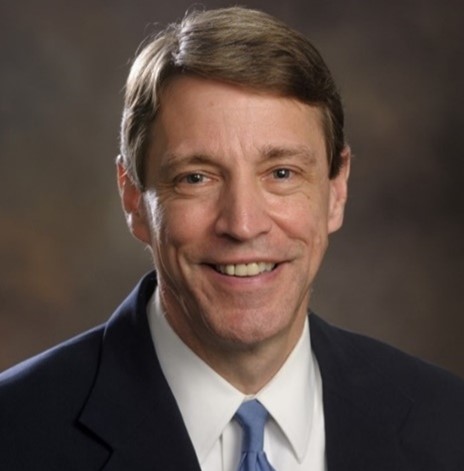
 How to promote geosynthetics via legislation
How to promote geosynthetics via legislation
It is big news and still fresh in our minds that the U.S. WRRDA bill, signed into law in June 2014, includes and promotes the use of geosynthetics. The Geosynthetics Materials Association (GMA), the organization that spearheaded the effort to get pro-geosynthetics language into the bill, is already working on repeating its success in other bills, most notably transportation and aviation infrastructure bills.
How did GMA, after a seven-year push, finally get language into the Water Resources Reform and Development Act? Perhaps a more pressing question for the geosynthetics industry at large is: How can we repeat this success?
WRRDA is a massive infrastructure law that wound its way through the House Transportation and Infrastructure, House Budget, House Ways and Means, and House Natural Resources committees. Its focus is on providing improvements for “the rivers and harbors of the United States, to provide for the conservation and development of water and related resources, and for other purposes.” One emphasis of the law is to expedite the studies, permitting and processing required of the U.S. Army Corp of Engineers.
Meetings, letter writing, Lobby Days – it took innumerable small actions to affect the wording in this law. But it also took some large acts – favorable political winds – to usher the bill past the finish line.
PLANNING & PARTNERSHIPS
In 2004, GMA drafted a strategic plan that called for greater impact at the federal government policy level and which would bring GMA more on par with other construction material industries. GMA established ties with Washington DC-based Whitmer & Worrall/Kemp Partners for lobbying support in 2006, and the association began promoting its government relations campaign.
Boyd Ramsey, Immediate Past Chairman of GMA’s Executive Council and current Technical Director for GSE’s APAC business, was intimately involved in the association’s long journey to legislative success.
“GMA was looking for, and continues to look for, any vehicle where infrastructure is in play,” Ramsey says. He says that transportation, water, and coastal protection applications – anywhere where infrastructure is involved – is ripe for the inclusion of geosynthetic applications.
GMA and its lobbying firm tracked infrastructure bills which they thought would be good fits for geosynthetic materials. The lobbying firm also focused on vetting the bills that had some chance of passing.
Tracking legislation is a big task. The sheer volume of legislation drafted or in progress in any given year – not to mention the finicky bipartisan political winds – made the going slow at times.
Once a specific piece of legislation, such as WRRDA, is identified, then the real work begins. Ramsey says the GMA members and lobbyists contacted the committee chairs and minority whips and started talking to them. More often than not, letter writing was the vehicle of choice for letting the politicians know that their constituents value the contributions of these materials.
“The [association’s] membership is a critical component,” Ramsey says. “When you get a bill that you think is going to have traction, you then target the committee chairs. If it’s a close vote you may target individual congresspeople, senators or representatives. And you make an effort to explain to them what the geosynthetics products are, how this is important to their constituents, how many [related] jobs are in their state or district.”
For example, Troy Emory of RTV knew of a legislator in Maine who seemed undecided on how to vote on WRRDA. Emory approached GMA members in Maine to ask them to write a letter to the legislator that explained the benefits of geosynthetics, how many related jobs were in the district, and why careful consideration was merited.
This type of grass-roots effort is what collectively, and over time, seemed to have a great impact on the inclusion of geosynthetics language in the bill.
PERSISTENCE & PRESENCE
Another letter-writing push was aimed at California Senator Barbara Boxer with the goal of convincing her of the positive impact WRRDA would have in her state. The lobbying firm told the GMA that she didn’t care for the bill, so about seven GMA members responded by writing her letters.
And what does all of this letter writing achieve? “It’s not that ours is the straw that breaks the camel’s back, but it’s one of the straws,” Ramsey says. He says all of these nudges add up. Legislators know more acutely that constituents care about the issue. Letters written by GMA members focused on the positive business impact WRRDA would have on a district. Discussion of the attributes of geosynthetics took place in another venue. During Lobby Days in Washington, D.C.—an annual activity for the association—GMA lobbyists and members provided specific information on the positive attributes of geosynthetics to politicians. Ramsey also says it was important to talk to and educate legislative staff because they are the people who actually write the language of the bills. Helping staffers understand geosynthetics and their applications allowed them to create clear, understandable language so that the legislators who vote on the bill would understand it.
Ramsey says that the plan was never to write legislation or use lobbyists to actively promote the use of geosynthetics. “We don’t have the bandwidth,” Ramsey says. He points to well-heeled industries, such as the concrete industry, that have more money and can hire lobbyists to actively promote concrete-friendly legislation.
“There’s a couple of cards you can play, and obviously money is one of them,” Ramsey says. “But we [GMA] don’t have a lot of money. We don’t make political contributions, we don’t have a PAC [political action committee], and we don’t contribute to PACs. Our lever, if you will, is constituent presence.”
It’s that constituent presence coupled with a tireless approach to educating and describing the positive business impact that eventually resulted in the geosynthetics language being included in WRRDA.
PATIENCE & POSSIBILITIES
And this brings us to the ultimate truth of this exercise in political discourse: A bill can crash and burn at the 11th hour (as did another transportation bill that GMA was working on recently), so it’s best not to keep all your eggs in one basket. Ramsey suggests that working on all relevant infrastructure bills is important “so that you’re there for the one that gains traction and goes through the system.” He adds, “We have to follow the political winds.”
“WRRDA, quite honestly, got traction,” Ramsey says. “The reason we’re in WRRDA is that WRRDA passed.”
Ramsey points to aviation and transportation as areas where geosynthetics are effective but underutilized. “We’re focusing on aviation because we think it has a good chance of passing,” Ramsey says. Runway design, runoff containment and treatment, and runway extensions are all areas where geosynthetics add value and reduce maintenance costs.
Headline-grabbing events, such as the North Carolina coal ash spill in 2013 and the breached mine containment that resulted in toxic orange wastewater filling a river in Colorado in August, pushes infrastructure issues to the forefront. Sometimes it takes a catastrophe to motivate people politically, Ramsey says, but the resulting legislation can strengthen our infrastructure.
Ramsey says it is possible to repeat the process by which GMA got geosynthetics included in WRRDA.
“We’re doing the same thing with transportation and aviation infrastructure bills,” Ramsey says. “Those are the two big ones that we are tracking. But again, it’s the political winds. If the political winds push them [the bills] across the finish line, we’ll be there and we’ll get good results and outcomes.”






